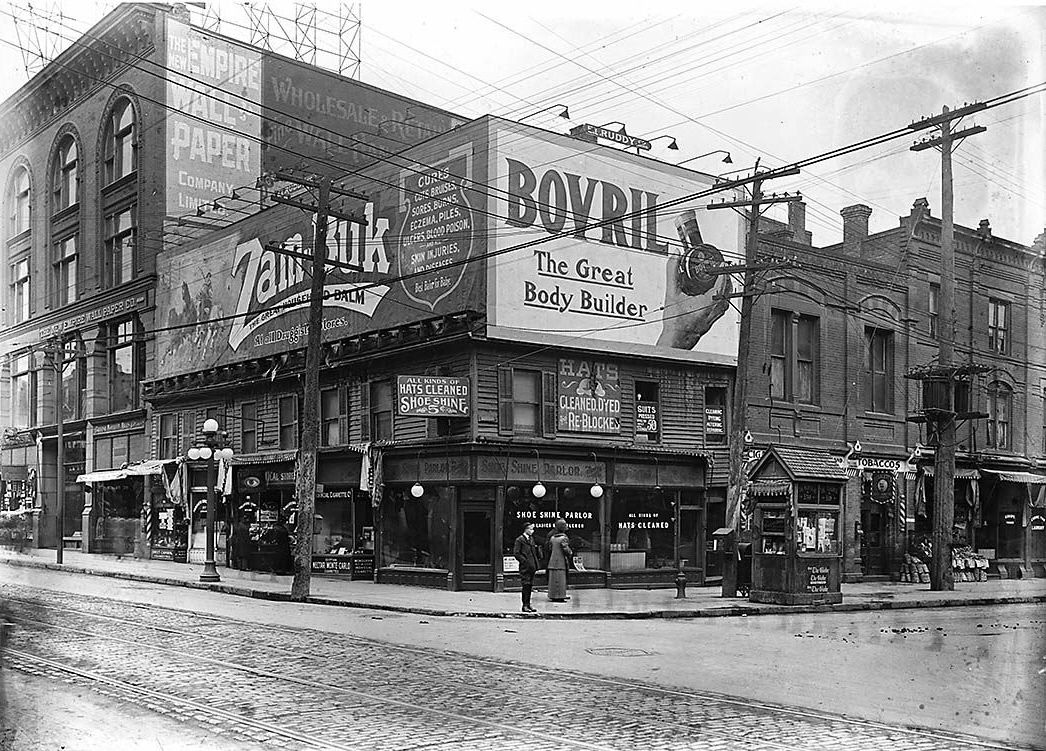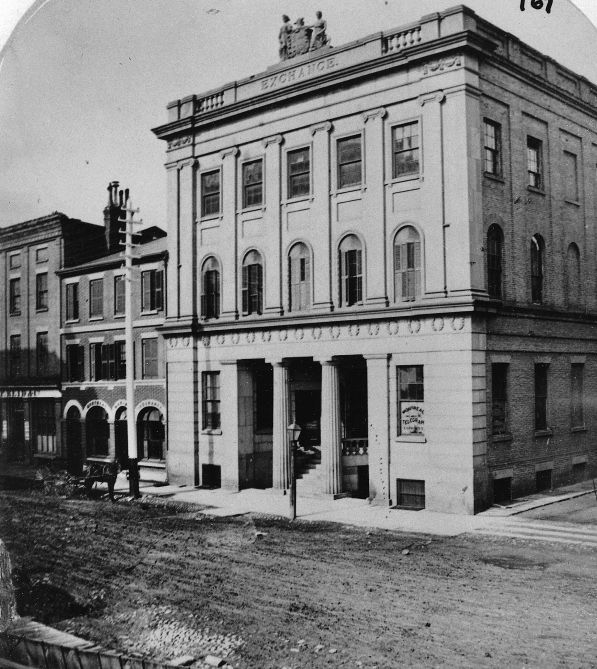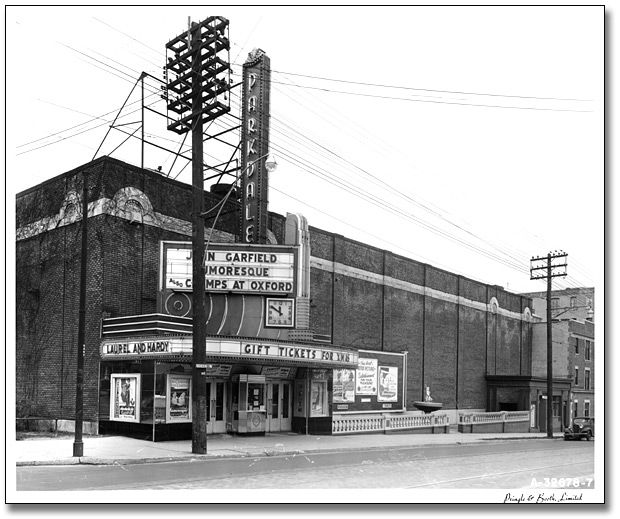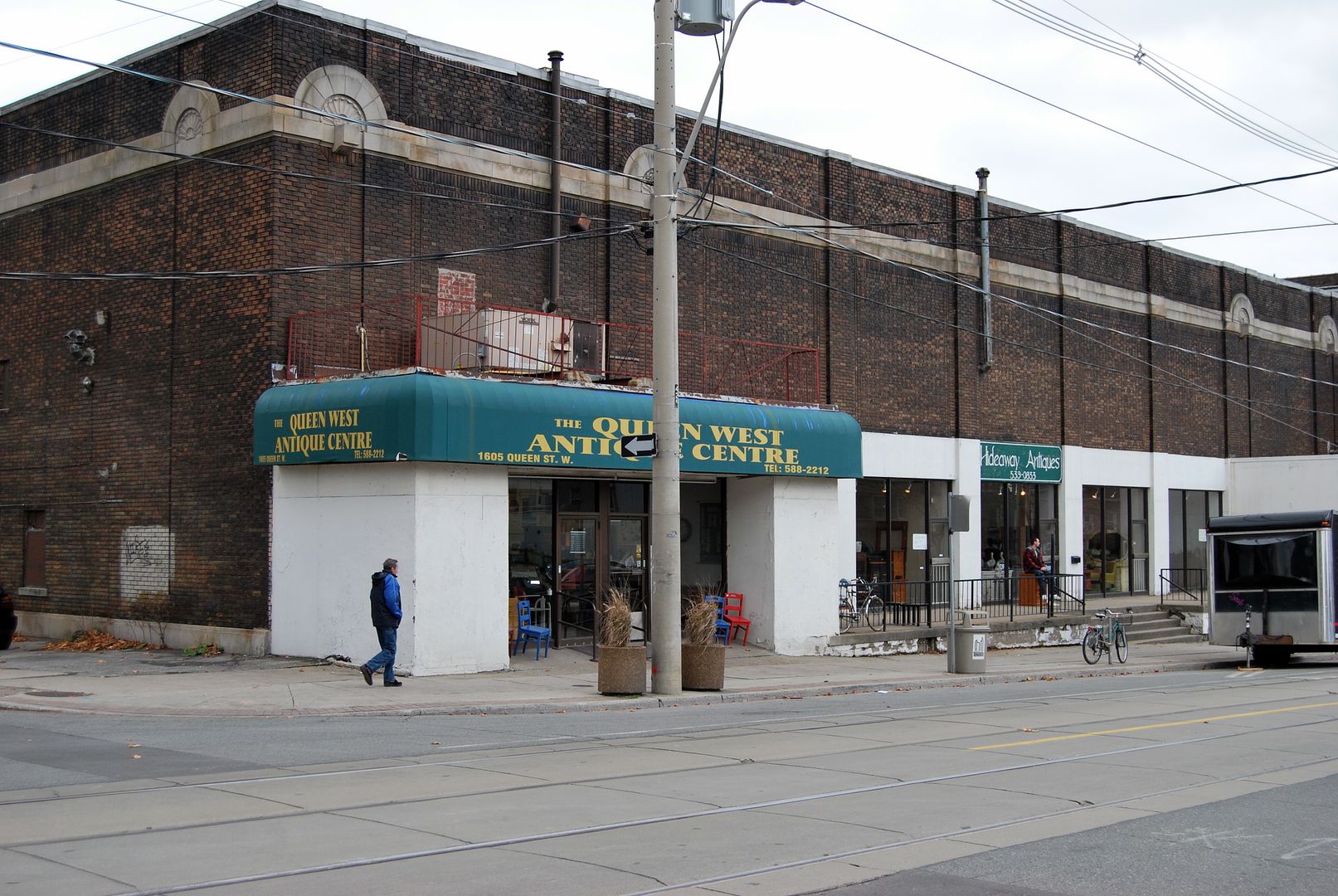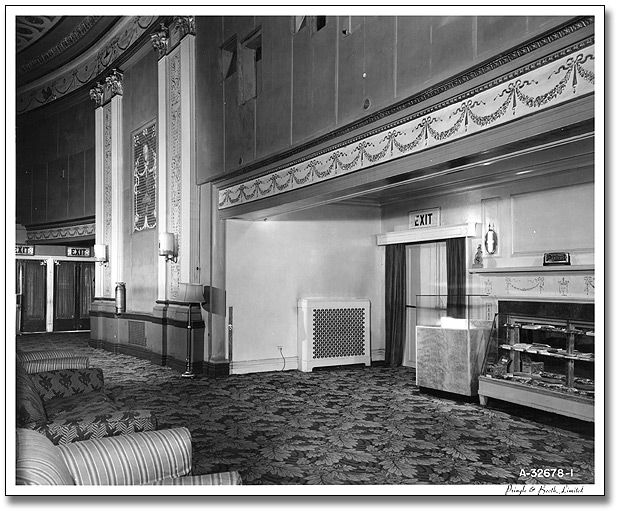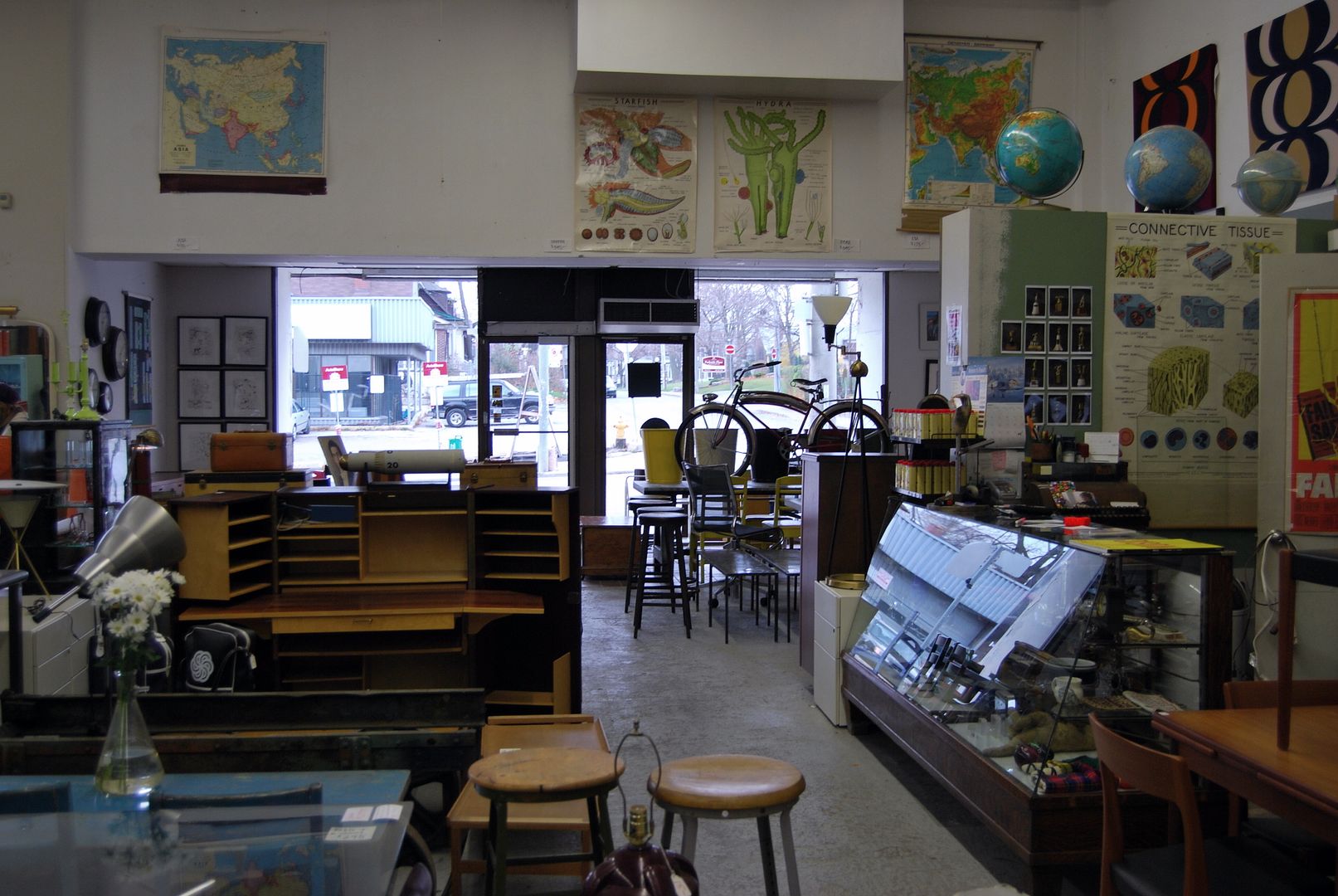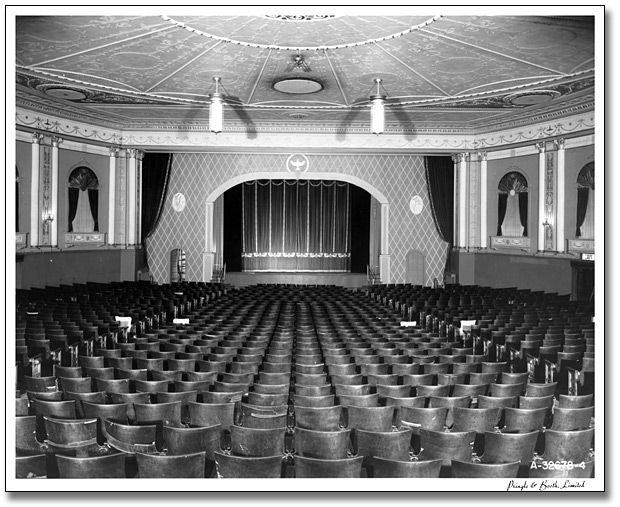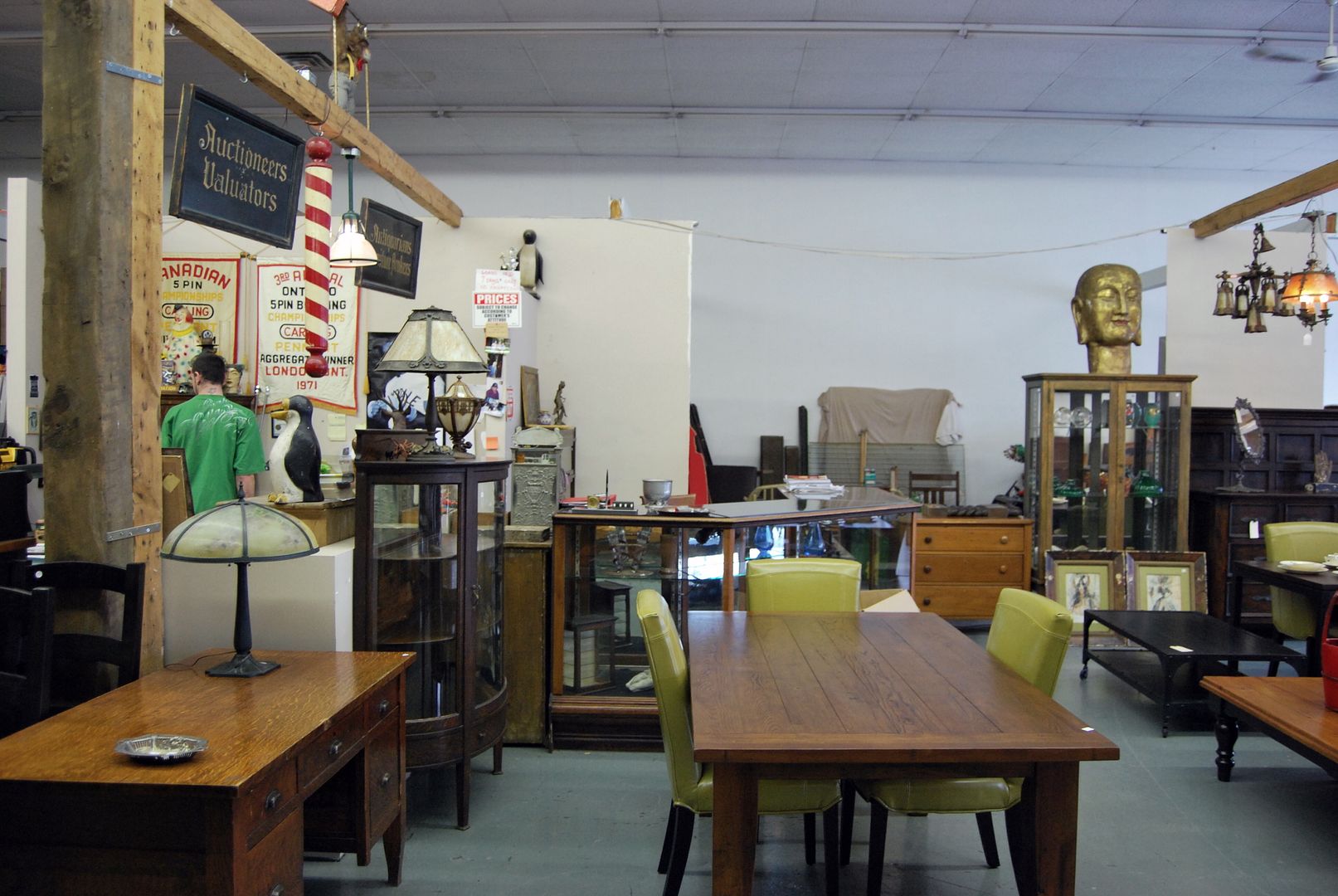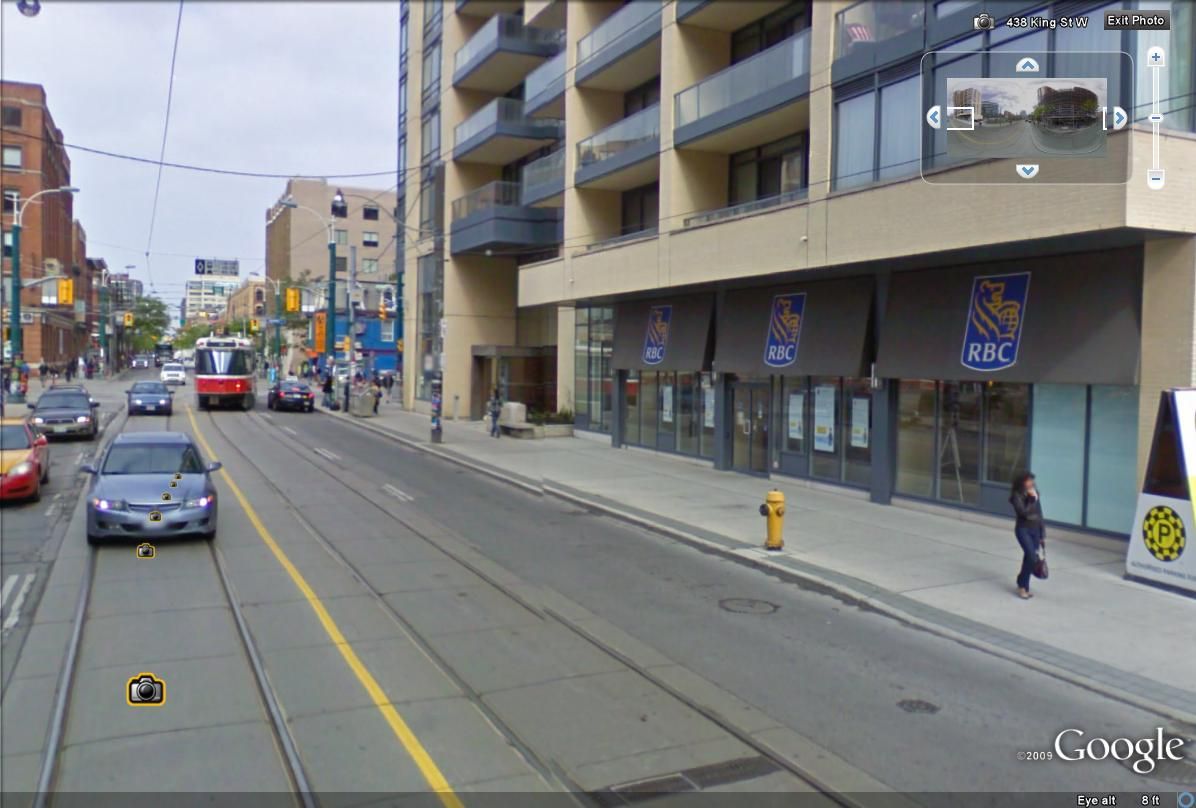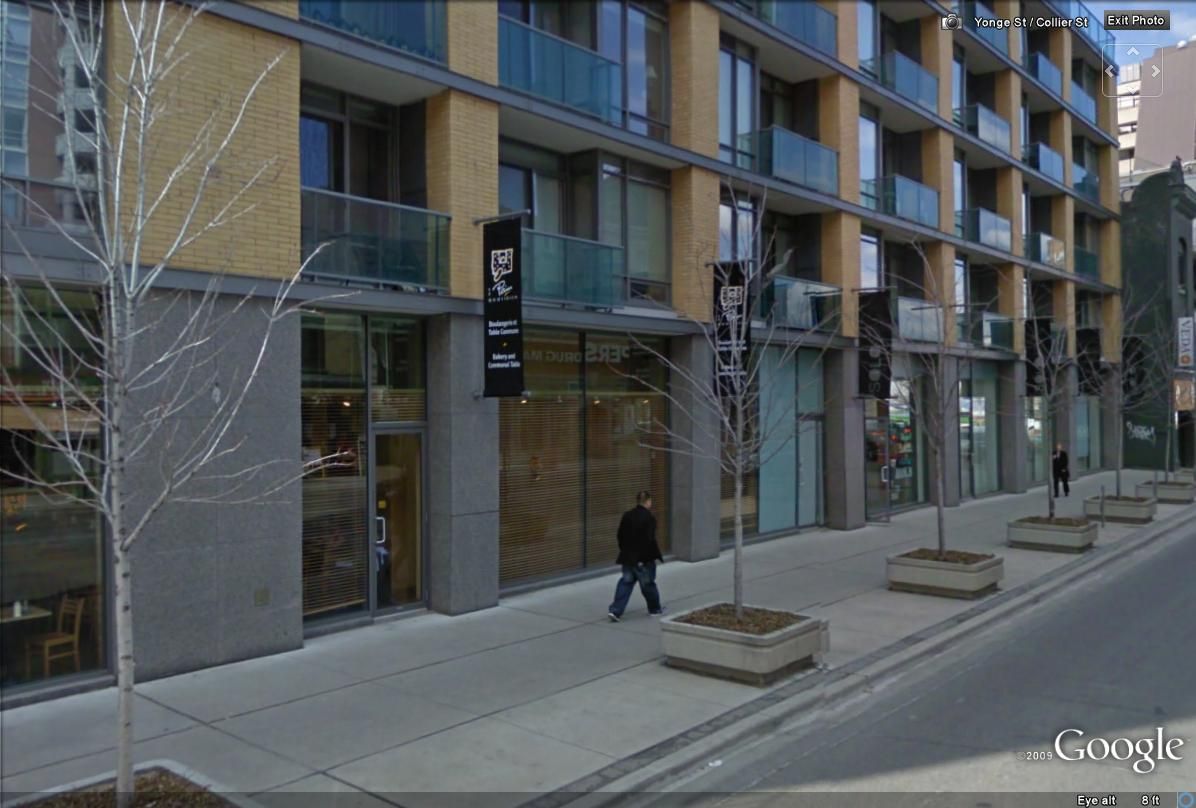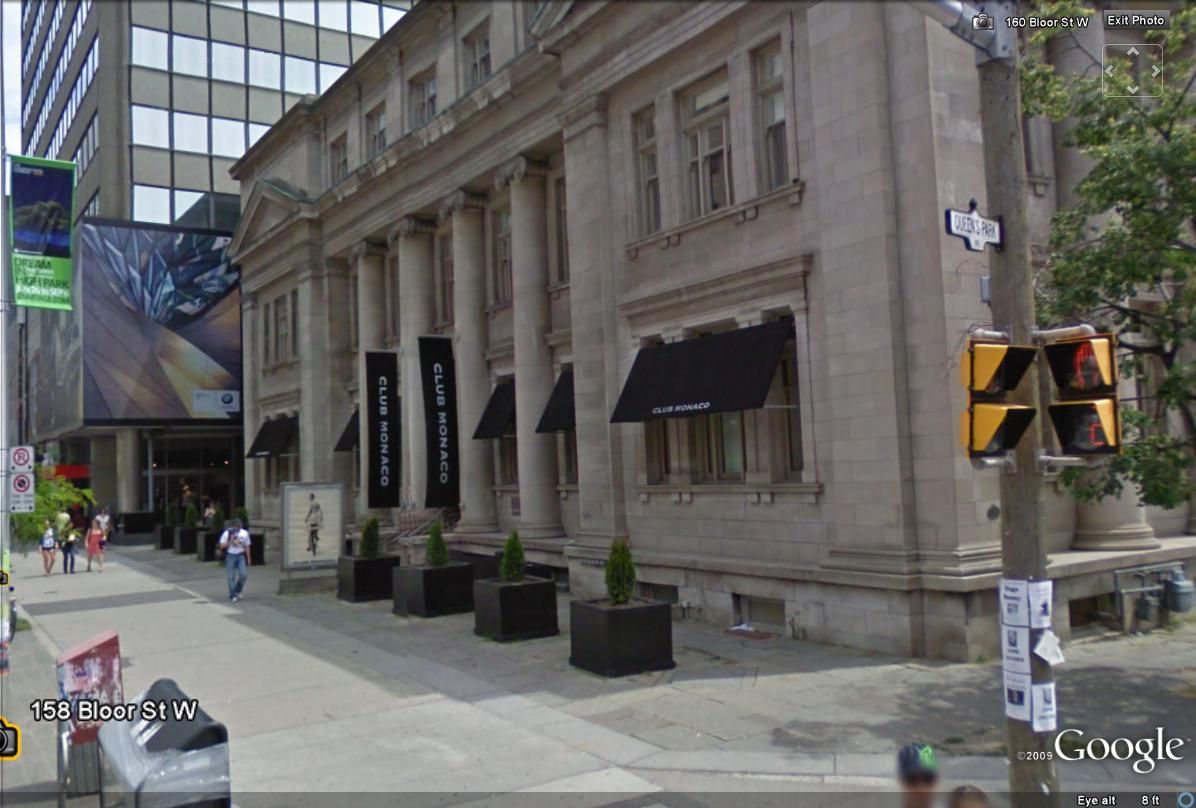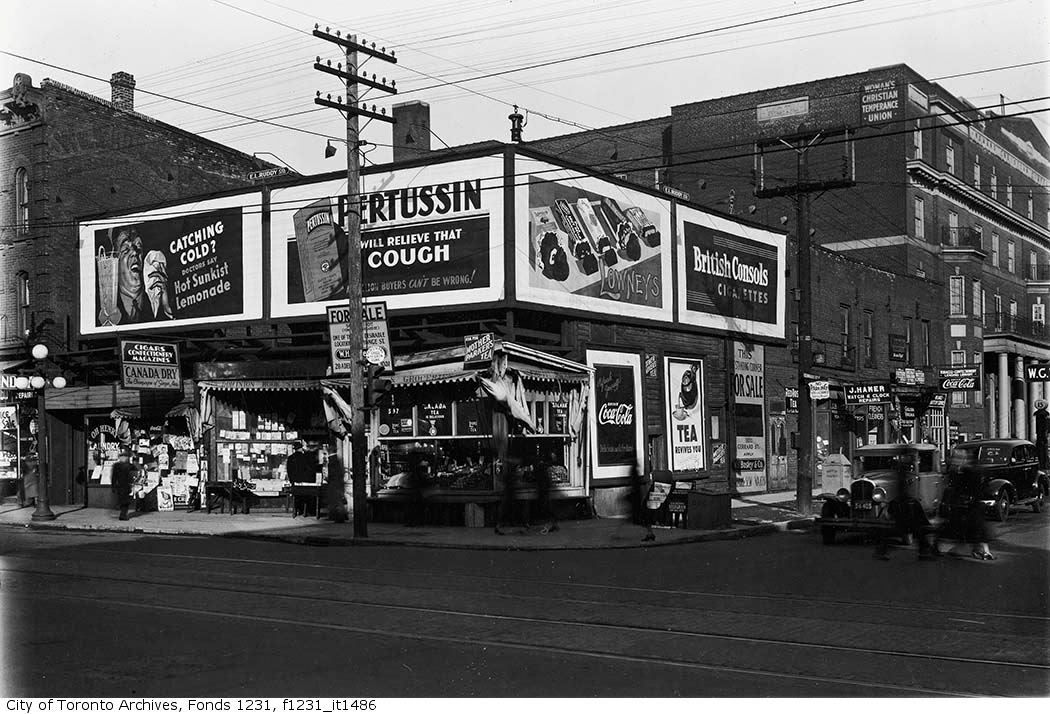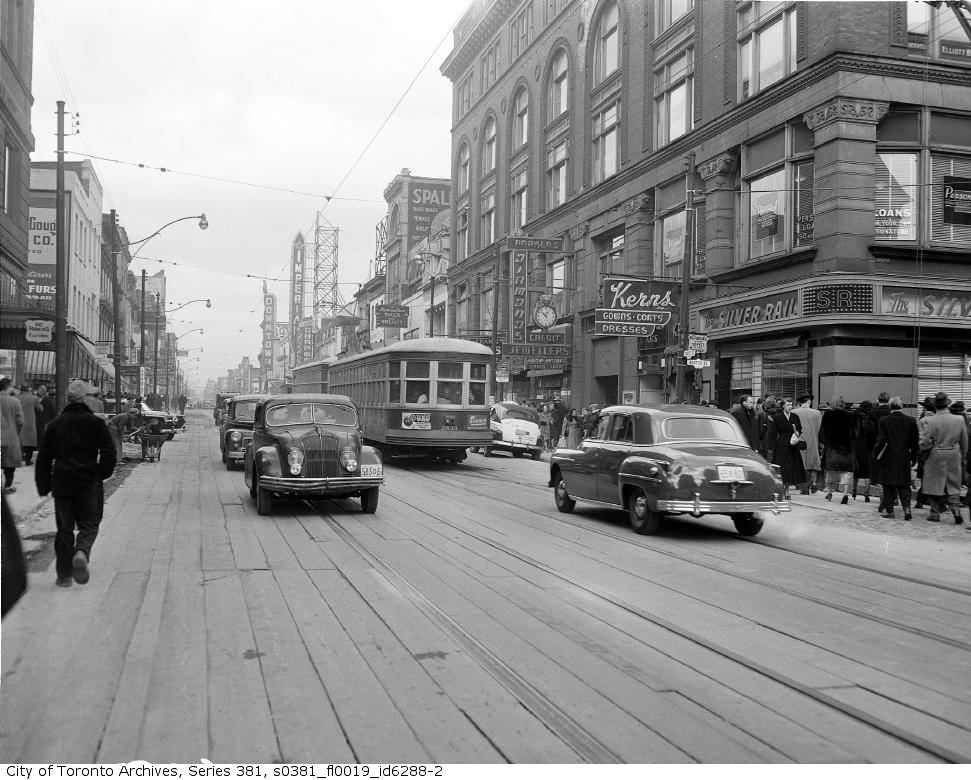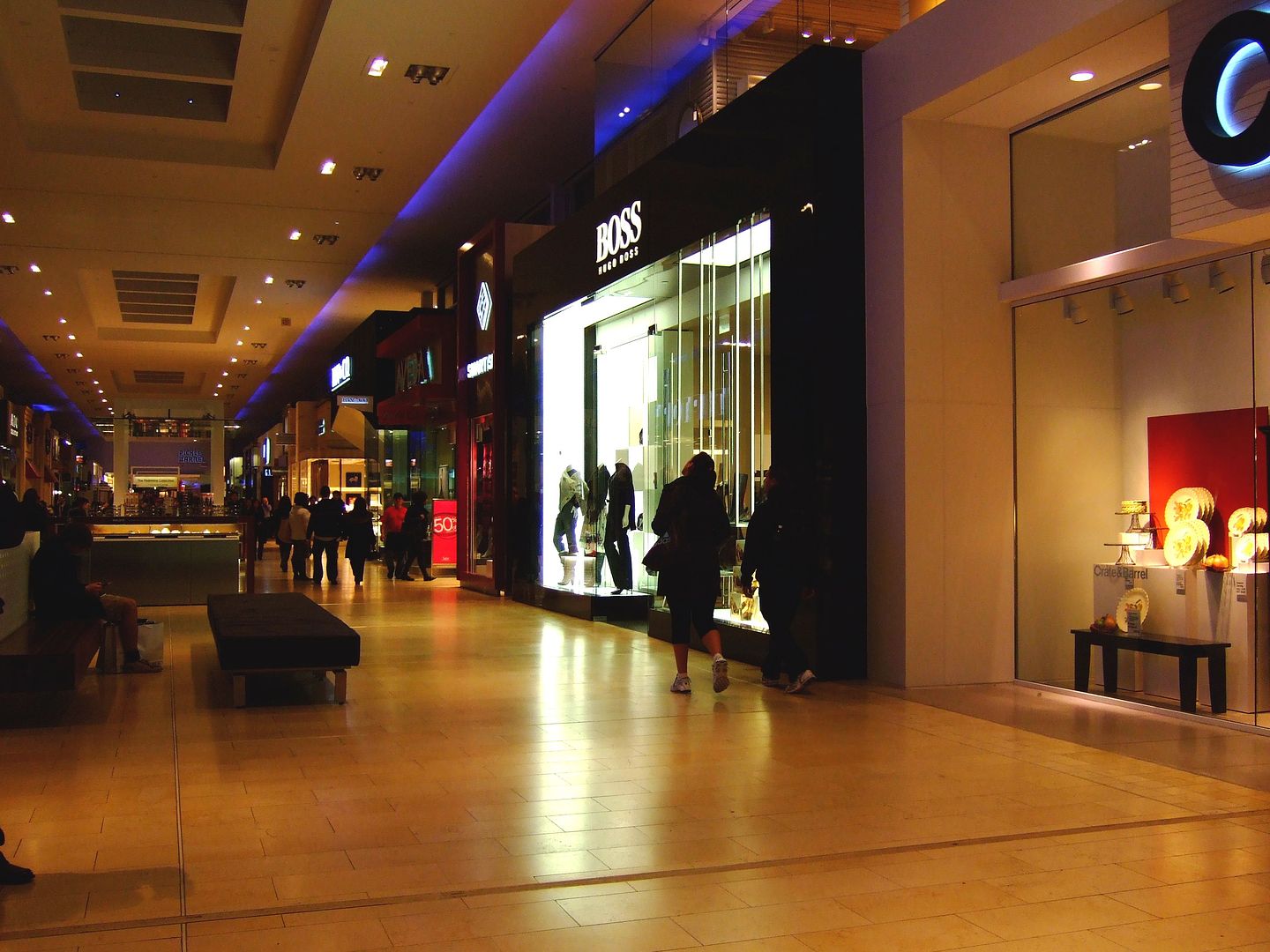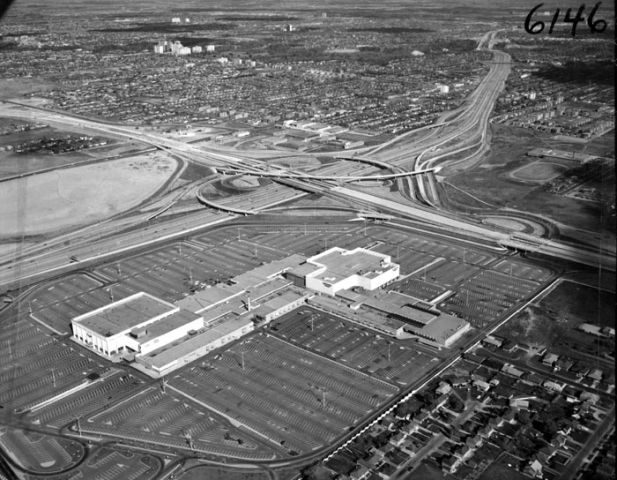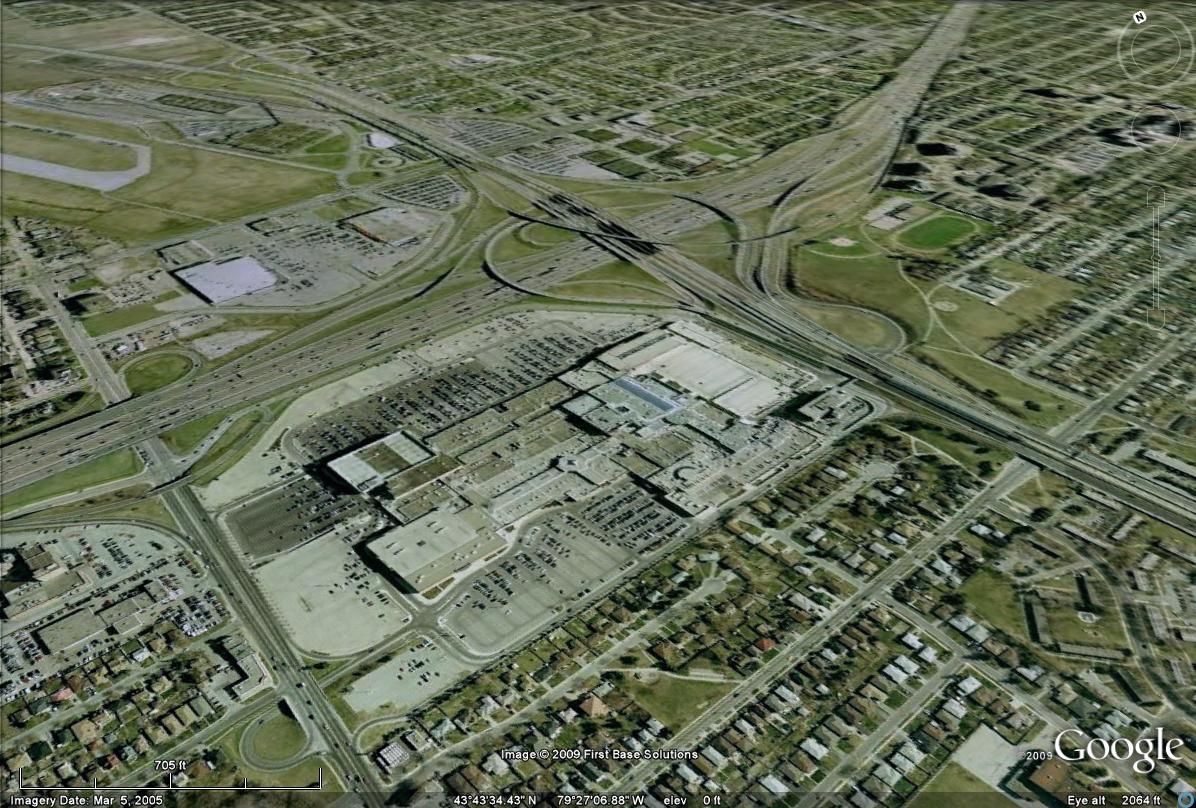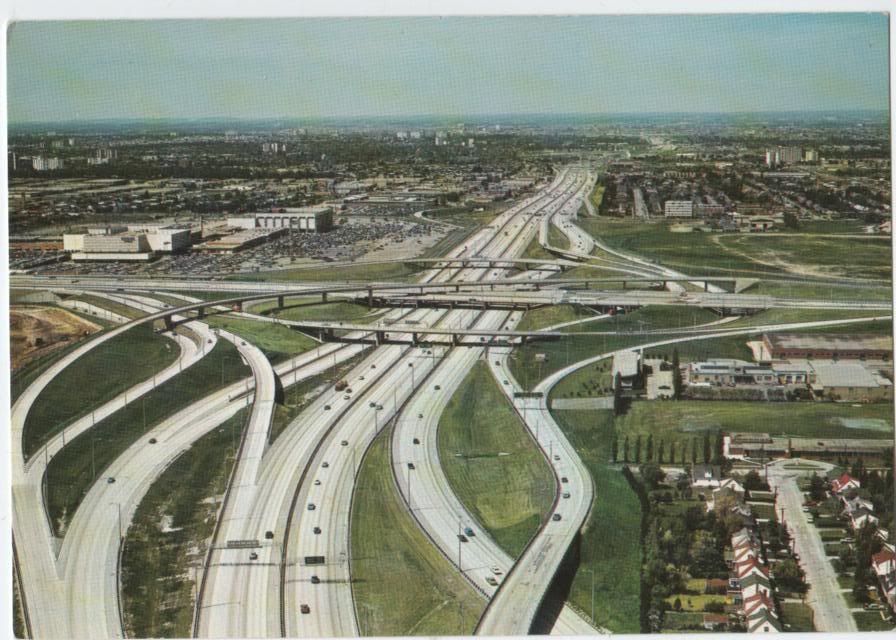I've noticed that many businesses that locate in condo ground floor retail locations tend to fold more quickly than those that don't. I've no data to support this, just a personal opinion based on what I think I've seen.
Ground floor retail rarely works long term. Main reasons I see are;
1) The ground floor of a multi-story tower has lots of columns, mechanical rooms, lobbies, parking ramps, etc. Therefore it is very difficult for national retailers to fit into the spaces with prototypical stores (i.e. Shoppers or banks) who tend to last longer than independents
2) The condo development community for the most part do not have retail as part of the long-term strategy of the development, its often an after-thought or requirement. These developers do not have retail leasing departments or a retail division that maintains the vision and management of this component of the building. The retail components are sold off to investors or the condo itself. Without the long-term vision the retail component goes to the highest payer, not the strongest tenant or best mix.
There are exceptions, and in these cases the retail seems to work as the developers have teamed with retail developers so the needs of a retailer are factored into the design/leasing (Lanterra, First Gulf, Tribute-RioCan, Cadillac Fairview, etc).





